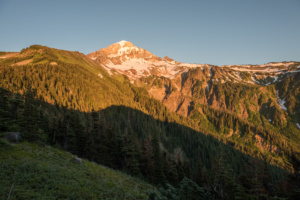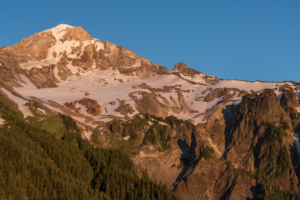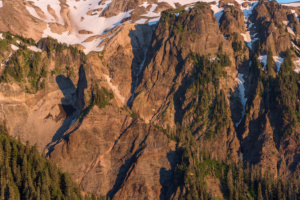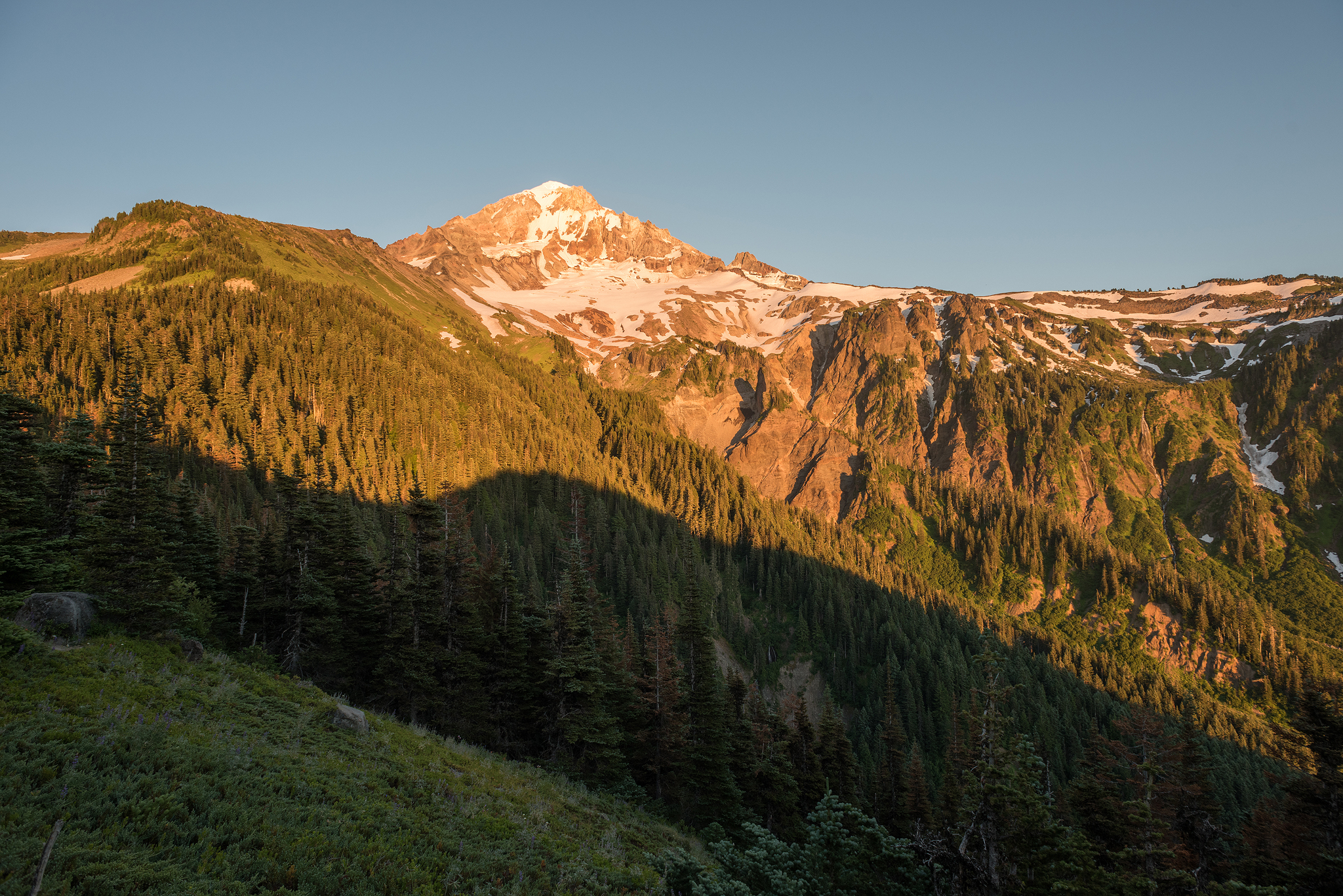What Lens Should I Use? – The most asked question of me is typically advice in what camera that one should get. I have addressed this in a previous blog post. The second most asked question may be what lens to choose.
In SLR (single lens reflex) photography there are basically two types of lenses that one can choose. Fixed focal length (prime lenses) and zoom lenses. It was common back in the old days when I first started for photographers to have a whole set of fixed focal length lenses. A full set typically consisted is a 20mm, 35mm, 50mm, 85mm, 105mm macro. Beyond those focal lengths one bought large telephoto lenses such as a 200mm or a 300mm. We had zooms back then but they were of poor quality. After the 1970’s zoom lenses became much better and eventually became the choice of most photographers, especially hobbyists. Today the quality of a zoom lens is fantastic.

A zoom lens allows you to magnify the scene that you’re photographing, enlarging an area to give a closer view. It will also help in aiding your composition. You can start wide and zoom in until you have removed all that you don’t want in the shot creating a much more solid and stronger composition. A zoom lens is very handy as it allows you to have one lens instead of a set. Zooms are available that will allow a range from 28mm-300mm in one lens.
The most valuable tool in my bag is the right lens for the right purpose. In landscape photography the most common lens used is a wide angle lens. A focal length range from 24-70mm on a 35mm camera or a full frame digital camera, or 18-55mm on a cropped sensor camera, is the most effective and most used range for landscape work. Although it’s the most commonly used range it’s certainly not the only one that a landscape photographer can use. I love to use my 70-200mm zoom to get some details of the scene of more abstract interpretations of the

scene as well as my 14mm and 20mm ultra wide angle lenses, both being “fast” prime lenses.
The next consideration in choosing a lens is how fast the lens is. Fast meaning how wide that you’re able to open your aperture. The most common maximum aperture setting is f/3.5, but better lenses typically will allow f/2.8 to f/1.8. This means that you can use a faster shutter with more light coming through the lens at the maximum aperture setting. The wider the opening the more light that’s able to make it inside the camera. Another consequence of the wider maximum aperture opening is a narrowing or decrease in the depth of field which will allow one to separate the subject from the background by keeping the subject sharp while blurring the background. The better lenses will usually have a wider maximum aperture but with the quality and extra feature comes an increase in cost.
I have been talking a lot about landscape photography but the same principles apply in all forms including portraiture, for instance. A typical prime focal length for portraiture is 85-105mm. When you own a zoom lens, you have that range. A note concerning portraiture use a wider aperture to narrow the DOF to separate your subject from the background by blurring the background as described above.

For those who don’t own a camera with removable lenses, all of this applies to your camera as well. A typical prosumer camera will have a built in zoom as well as the ability to switch to manual and set your aperture. Learn to manually adjust your camera and use the aperture to control the DOF to allow you to enhance the look and quality of your photos.
It’s easy to complicate photography in one’s mind with the perception of mathematical complication. I leave the math to the engineers and learn simple practical application. Experiment, practice, make mistakes, experiment more and in time it will all come together into an instinctual understanding. In this day and age of digital photography film is cheap. Take a lot of pictures.

